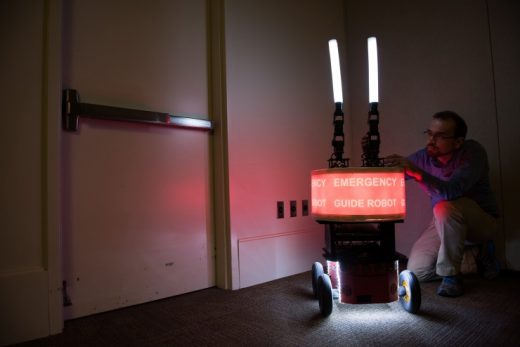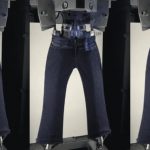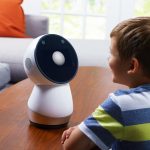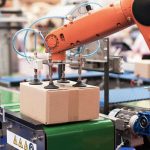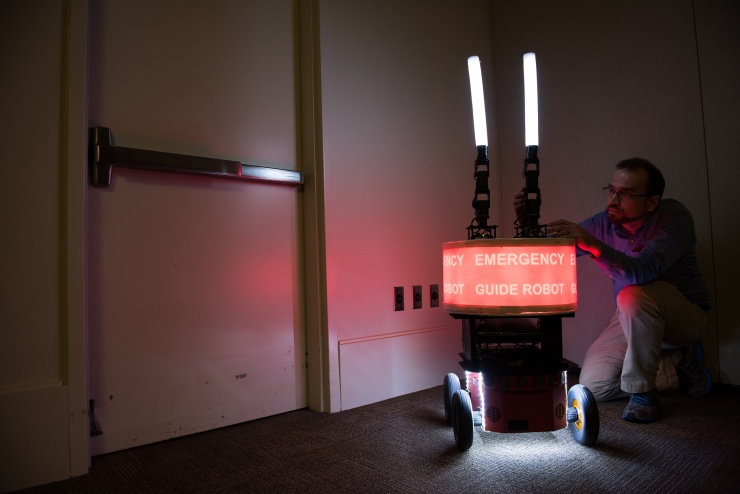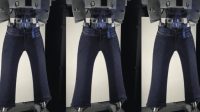Could robots replace us in security jobs?
Could robots replace us in security jobs?
A Silicon Valley company called Knightscope has introduced a range of robots that eradicate the need for foot patrolling security guards in a range of workplaces and public spaces. These security robots are called the K3 and K5 Autonomous Data Machines. The robots resemble a “Doctor Who” dalek, or maybe a large mobile rubbish bin depending on your point of view. This is not surprising as when the idea of a security robot comes to mind, you are inclined to think of robots like Robocop or Atlas rather than Pepper.
Knightscope was originally founded in response to the tragic events at Sandy Hook and the Boston Marathon. The founders believed that with a unique combination of hardware and software, they could greatly reduce crime by as much as 50%. They explain their rationale as thus:
“The human attention span during monotonous, boring tasks is only 5-10 minutes. And with employee turnover rates as high as 400%, the security industry is rightfully seeking innovative solutions. Knightscope’s primary goal is to allow customers to utilize the best of Silicon Valley to put machines to work in those routine, monotonous and sometimes dangerous situations, thus freeing up humans to do the more hands-on and strategic activities. Corporate campuses, data centers, shopping malls and big-box retail stores are among the many customers already engaged today (think employee safety, corporate espionage, rogue networks and asset protection).”
They also state:
“This technology changes everything and is especially needed as the world continues to become more and more volatile.”
Utilizing numerous sensors, lasers and a significant amount of code, the K3 and K5 can roam a geo-fenced area autonomously either randomly or based on a particular patrolling algorithm. The K5 is able to detect a vehicle backing up or tailing the machine in a parking lot setting. Further, the robots are programmed to detect suspicious and unusual behavior and can recall up to 300 number plates a minute, whilst monitoring traffic. The robots are equipped with a panic button for emergency scenarios when a real person is required.

Your shiny new mall cop
Their clients including various shopping malls and Uber who rent the robots at a cost of $ 7 an hour, significantly less than a security guard would command in wages. However the robots are not without controversy with a recent case that a robot on duty knocked over a small child. It’s claimed that Harwin Cheng, 16-month-old, was walking ahead of his parents in the Stanford Shopping Centre when the security robot bumped into and knocked him down. According to the toddler’s mother who witnessed the incident, the robot allegedly hit her son in the head which caused him to fall down face first. It then continued to keep moving along, running over the boy’s right foot, which left it swollen along with a scrape behind his knee.
The claim is contested by Knightscope who claim their robot veered to the left to avoid running into the toddler. It said that the young boy then ran backwards and consequentially directly in the front of the machine, which then caused it to knock him over. Knightscope quickly moved to apologize to the parents and is keen to avoid a repeat occurrence.
Should robots be used in emergencies?
The use of robots in safety situations requires some consideration before an extensive roll out, with a study earlier this year by Georgia Tech Research Institute revealing that people are too trustworthy of robots in an emergency. In a mock building fire, test subjects followed instructions from an “Emergency Guide Robot” even after the machine had proven itself unreliable in given previous directions – and after some participants were told that robot had broken down.
Engineer Paul Robinette said:
“We expected that if the robot had proven itself untrustworthy in guiding them to the conference room, that people wouldn’t follow it during the simulated emergency. Instead, all of the volunteers followed the robot’s instructions, no matter how well it had performed previously. We absolutely didn’t expect this.”
The researchers surmise that in the scenario they studied, the robot may have become an “authority figure” that the test subjects were more likely to trust in the time pressure of an emergency.
We’ve recently seen a scenario where a robot was used to detonate a bomb in response to a police killing, ultimately leading to the death of Micah Johnson who killed five police officers and wound seven others in Dallas. This makes it possible that robots will be deployed in future public emergency scenarios.
However it would be incorrect to surmise that robots will create unemployment. The need for skilled engineers, developers and control centre operatives to manage robots on the field and analyze the data they generate will create jobs, at least in the short term. The future will not be controlled by robots but rather, by humans with the assistance of robots.
The post Could robots replace us in security jobs? appeared first on ReadWrite.
(18)

